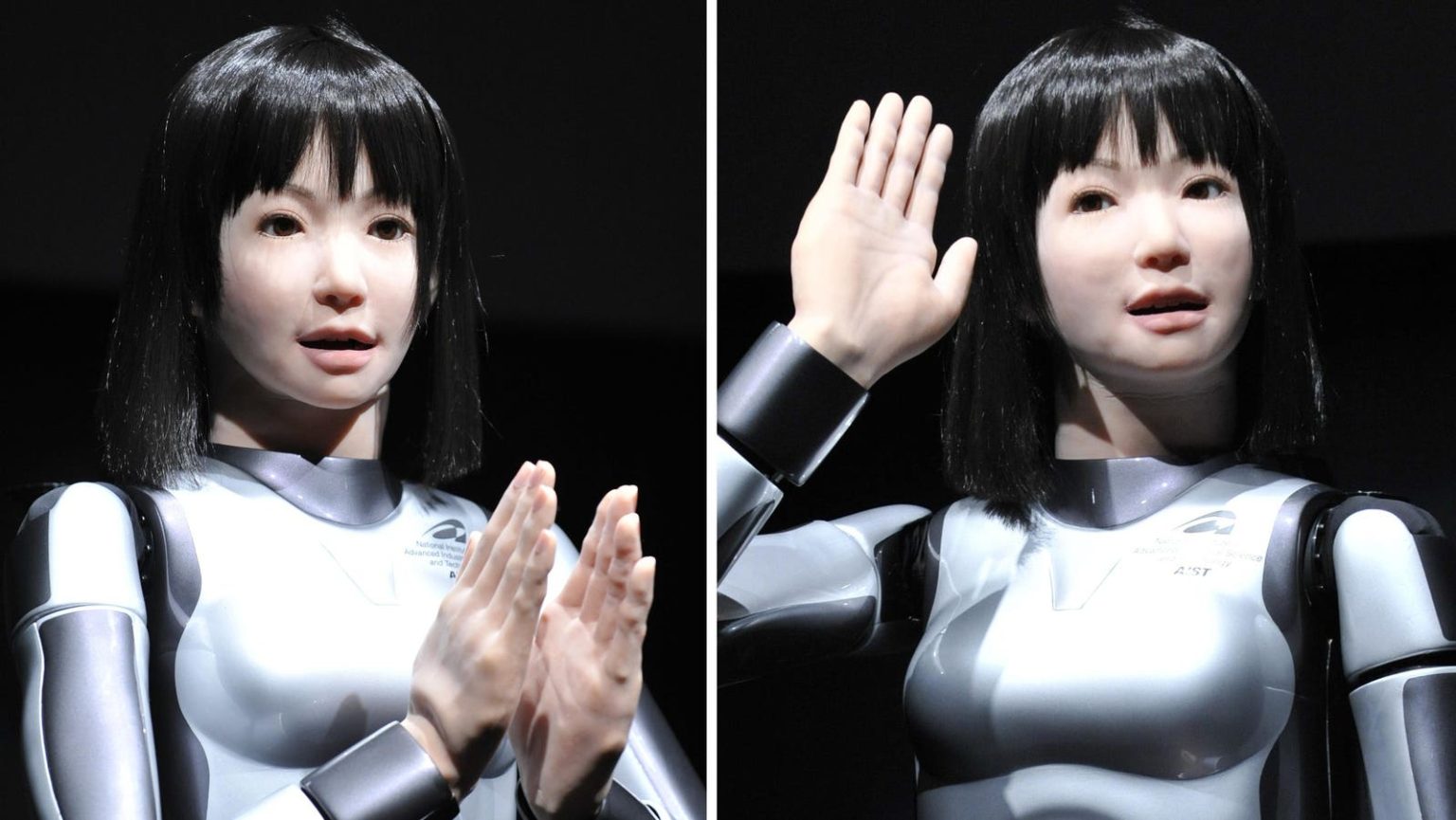Topline
A new TikTok trend features users doing their makeup to appear like unsettling, humanoid creatures to invoke an uneasy feeling called the “uncanny valley,” which researchers believe is caused by humans’ dislike of entities that appear too human-like.
Key Facts
Uncanny valley is the uneasy or eerie feeling humans experience when looking at images, AI or robots with features that are human-like, but slightly off.
Some common methods TikTokers use to give off the uncanny valley feeling include using black eyeshadow to make their pupils look bigger, contouring their faces to appear more hollow and using black lip liner to extend the corners of their lips.
Users will typically show themselves at the end of the video with the finished makeup look using the jump scare tactic, like TikToker Mybroseph, whose video garnered 25 million views and almost four million likes.
The videos are accompanied by a popular TikTok sound, which has been used in over 75,000 videos, that features the song “Brutus” by The Buttress.
The perceptual mismatch theory, or the belief humans become more uncomfortable the more mismatched features a humanoid has—like fake eyes on an otherwise human-like face—is a popular explanation for the uncanny valley feeling, according to a 2015 study published in Frontiers in Psychology.
Another theory called configural processing believes the uncanny valley reaction comes from humans’ sensitivity to the size and position of human facial features on humanoid agents.
Big Number
821 million. That’s how many views the hashtag #uncannyvalley has on TikTok.
Key Background
The term uncanny valley was coined by Japanese roboticist Masahiro Mori in the 1970s. In an essay, Mori hypothesized the uncanny valley was when humans’ reactions to robots would shift from feelings of empathy to creepiness when the robots started looking more human-like, but still clearly not human. However, when the robots became almost indistinguishable from humans, they became likable again. Because of this reaction, Mori argued against making robots that appeared life-like. HRP-4C—a Japanese robot that can walk, sing, dance and resembles a young girl—is an example of a robot he believed may have crossed into uncanny valley territory. Human-like robots struggle with walking, and many believed HRP-4C’s walk was the most impressive when it was updated in 2011. Mori wasn’t alone in this thinking. English mathematician Alan Turing hoped “no great efforts will be put into making machines with the most distinctively human, but non-intellectual characteristics” into the shape of the human body, according to a paper published in Philosophy and Technology. Besides the ability to communicate nonverbal information through movement and facial expressions, “there is no good reason for robots to have humanoid form,” Stuart Russell, a professor of computer science at University of California, Berkeley, said. This theory doesn’t just apply to robots: Some viewers of the 2019 “Cats” movie trailer were creeped out by the characters’ combination of real human features and animated feline features, with some people blaming the “uncanny valley” theory and calling the cats “nightmare fuel.”
Crucial Quote
“The uncanny valley relates to various disciplines, including philosophy, psychology and design, and that is why I think it has generated so much interest,” Mori told IEEE Spectrum, a science publication by the Institute of Electrical and Electronics Engineers.
Tangent
Researchers were able to identify which part of the brain creates the uncanny valley feeling after participants were shown images of humans and human-like robots in a 2019 study published in the Journal of Neuroscience. Two parts of the medial prefrontal cortex (a wall of neural tissue) were activated. One part acted as a human detector, reacting more strongly to pictures of humans than to pictures of artificial agents. The second part—called the ventromedial prefrontal cortex, which supports decision making—acted as a likeability test, showing more favoritism as the human-likeness of the robots increased, but dipped for the most life-like robots.
Chief Critic
The thought that robots should not look like humans is a “pernicious” myth, according to a group of researchers from the Association for the Advancement of Artificial Intelligence. Since humans are sensitive to humanoid robots, the researchers believe human-like robots can be used for good by using the reactions to better understand cognitive science. They likened these robots to works of art that are also human-like, like Disney’s Abraham Lincoln animatronic and France’s “The Thinker” statue, and said there’s room to “bring robotic systems up to the level of great art.”
The Uncanny Valley: The Original Essay by Masahiro Mori (IEEE Spectrum)
An Uncanny Mind: Masahiro Mori on the Uncanny Valley and Beyond (IEEE Spectrum)
Video: Super-Realistic HRP-4C Humanoid Walks Like Human (Tech Crunch)
Read the full article here





